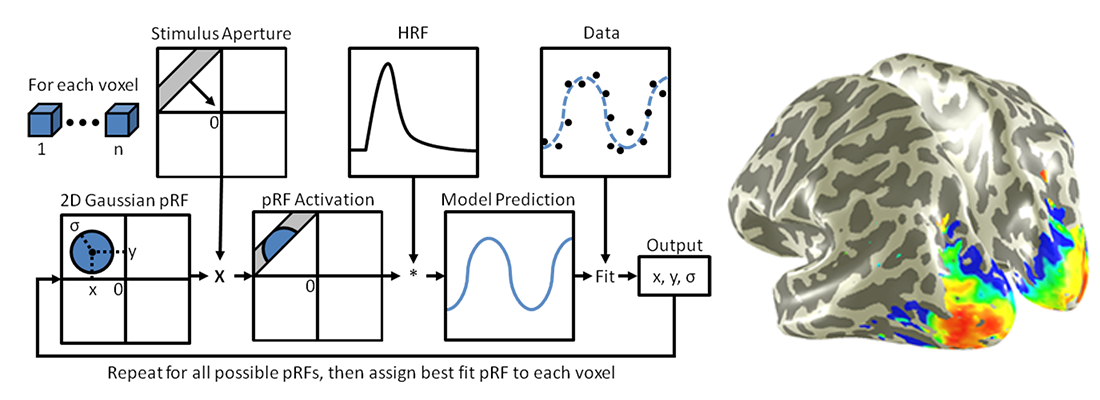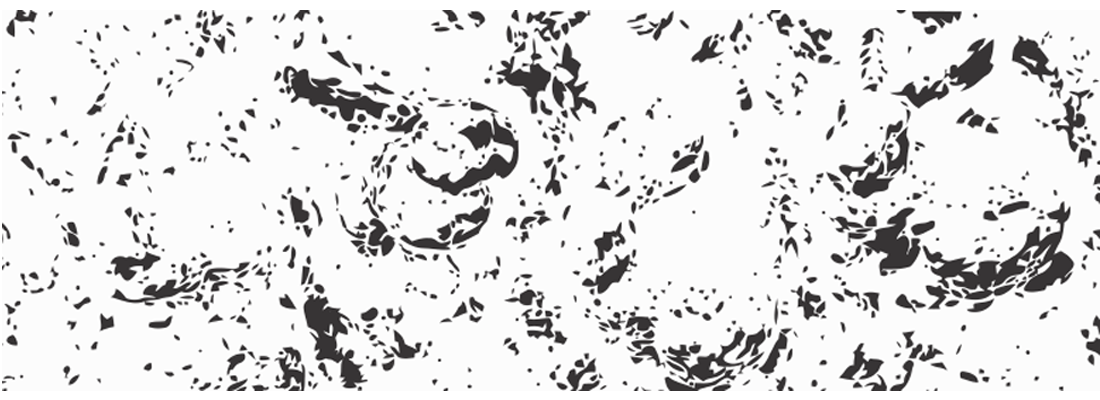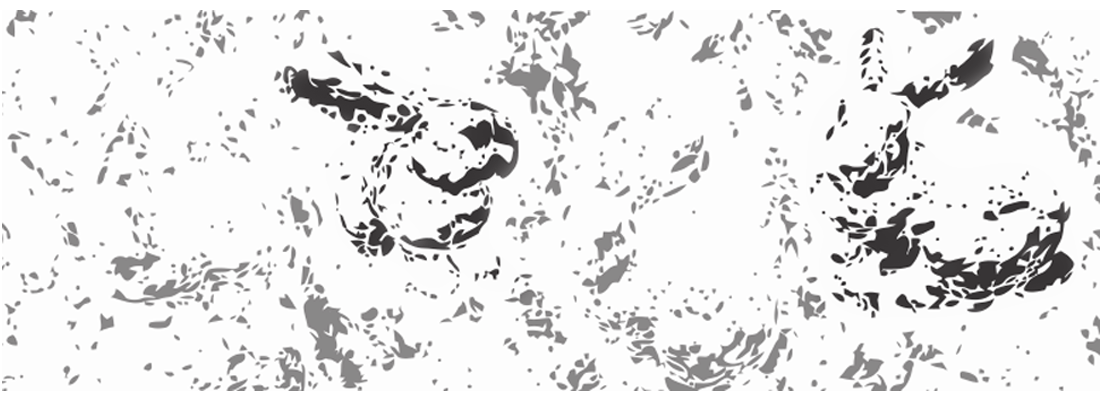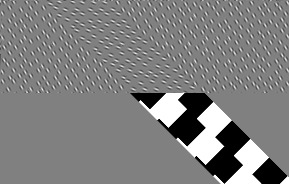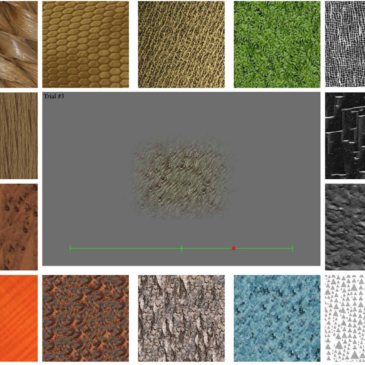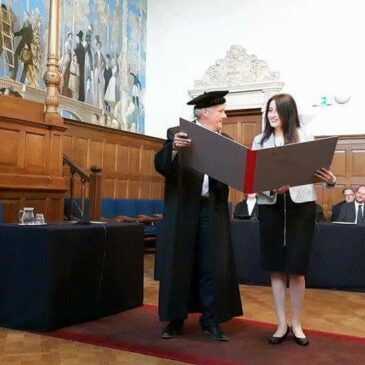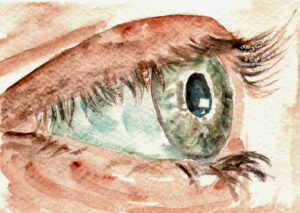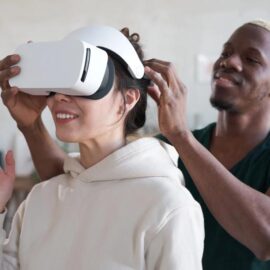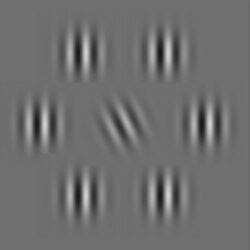Brain reads “bar-codes”
Did you know that your brain is able to read “bar-codes”? In a recently published paper in NeuroImage, Funda Yildirim and colleagues proved this point by mapping the visual cortex purely based on differences in the orientation of small stimulus components. … Continued
Sandra Hanekamp wins award for best presentation
Sandra Hanekamp has won the LEVRETA Award for the “most inspiring, effective and professional scientific oral presentation” at Vision 2017. She was awarded this prize for her presentation “Structural brain MRI studies in glaucoma: are they clinically relevant?”. Vision 2017 … Continued
Congratulations Dr. Barbara Nordhjem!
Congratulations to Barbara Nordhjem for successfully completing her PhD thesis titled ‘Emerging perception: tracking the process of visual object recognition’. Barbara defended her thesis on the 10th of May and is now going to be a postdoctoral researcher at the Karolinska Institute in … Continued
Amygdala guides feature-based attention
Who would have guessed that the amygdala – a nucleus in the mid-brain generally associated with emotions like fear – also become active when you walk into a museum? In this paper, which appeared in a special research topic on … Continued
Brain changes through loosing an eye
Does losing an eye change your brain? In a paper published in “Investigative Ophthalmology & Visual Science (IOVS)”, Doety Prins and co-authors report that it does. Importantly, it results in degeneration that is specific to brain regions involved in depth … Continued
Congratulations Dr. Doety Prins!
Congratulations to Doety Prins for successfully completing her PhD thesis titled ‘Neuroanatomical changes in patients with loss of visual function’. Doety defended her thesis on the 23rd of November and is now training to become an ophthalmologist at the UMCG.
Aesthetics by Numbers
Our world is filled with texture. For the human visual system, this is an important source of information for assessing environmental and material properties. But can we also predict – what seem to be very personal – aesthetic judgments such … Continued
Congratulations Dr. Funda!
We are very happy to announce that our colleague Funda Yildirim successfully completed her PhD degree! Funda defended her thesis entitled “Visuospatial Perception: from Behavior to Brain” on the 29th of June. Now Funda will move to Boston where she will continue … Continued
Neurodegeneration beyond the primary visual pathways in a population with a high incidence of normal-pressure glaucoma
Is glaucoma only an eye disease or is the brain also involved? In a paper published in a special issue on “Imaging the visual system: from the eye to the brain” of the journal “Ophthalmic and Physiological Optics”, Joyce Boucard, … Continued
A novel measure to determine viewing priority and its neural correlates in the human brain
Why do we look were we look? A single red poppy flower in a green field will usually attract your attention, but probably not when you are spotting birds or insects. Your brain simply won’t give it a high enough “priority” in … Continued
GLANCE Project of Dilce Tanriverdi Receives Funding to Study Visual Crowding under Low-Light Conditions in Glaucoma
People with glaucoma often struggle to see in dim lighting, but standard vision tests don’t always capture these everyday challenges. One overlooked factor may be visual crowding. Visual crowding, which is the difficulty... READ MORE
Mind your ‘stip’!
There is a need for simpler methods to assess sensitivity at different visual field locations. In a recent paper in the journal Translational Vision Sciences and Technology, Anne Vrijling and colleagues show that... READ MORE
[Position filled] PhD in the “Virtual Reality for enhanced Visual Rehabilitation” (VR4eVR) project
Our research project “Virtual Reality for enhanced Visual Rehabilitation” (VR4eVR: say ‘VR forever’) aims at finding out how virtual reality (and fMRI) may facilitate visual rehabilitation for hemianopia, which may be necessary after... READ MORE
Daily life vision captured in a ‘flower’
Visual crowding shows that it is harder to recognize objects when these are surrounded by similar objects, such as in a cluttered environment. The phenomenon has relevance in various ophthalmic and neurological disorders.... READ MORE
